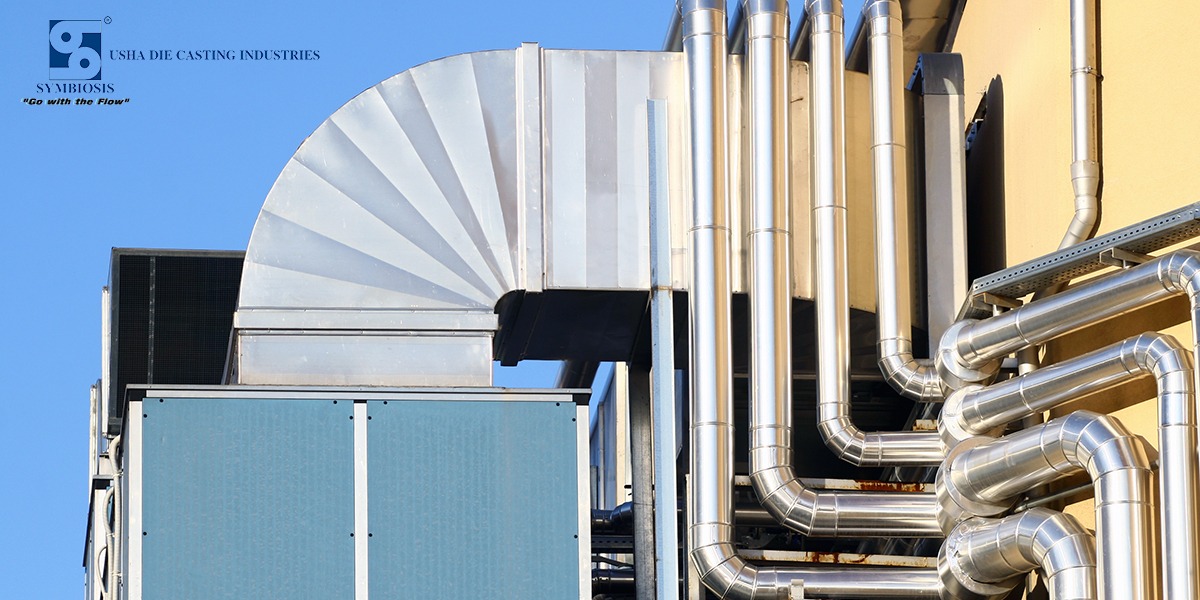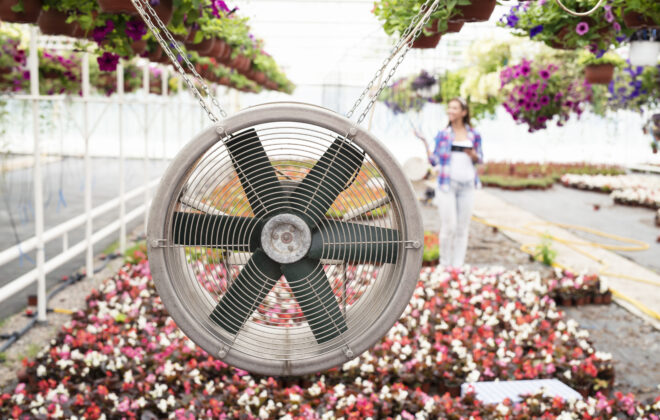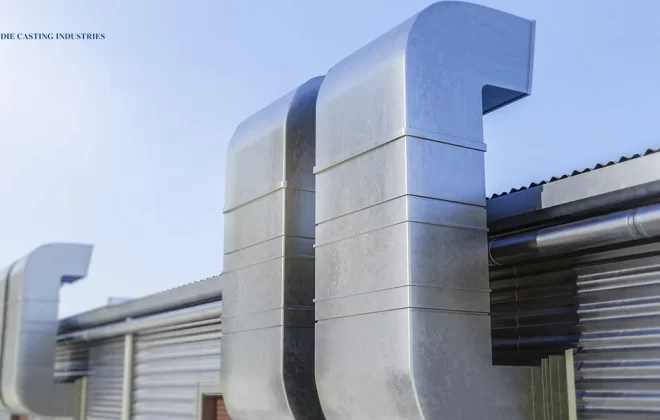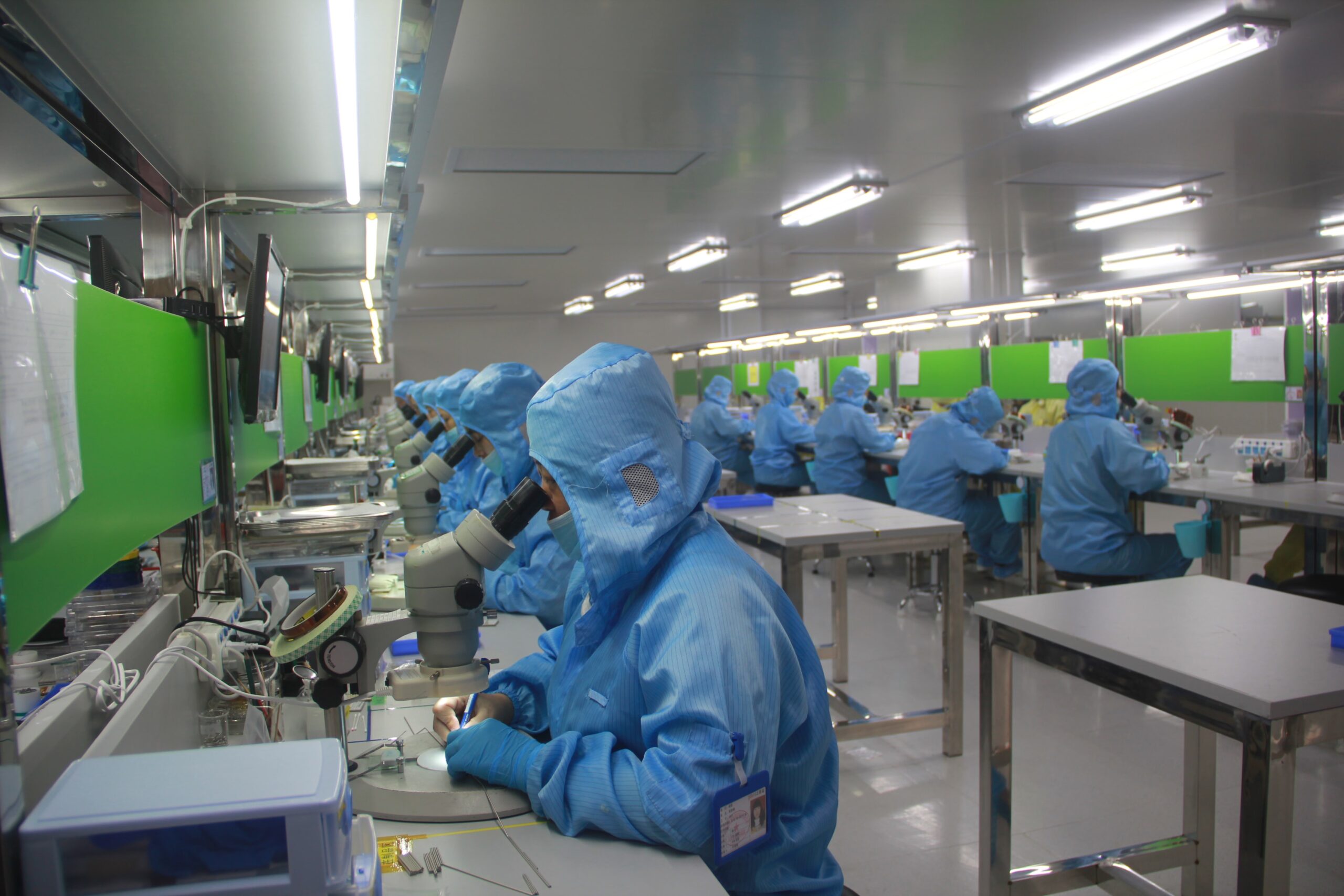Air Pollution Control Equipment: Safeguarding Industries and the Environment
Are you familiar with the growing concerns about air quality and the harmful impact of air pollution on our health and the environment we work in?
We delve into the critical topic of air pollution control equipment and its pivotal role in safeguarding industries and the environment. As we witness the escalating concerns surrounding air quality, it becomes imperative to explore innovative solutions that can mitigate the detrimental effects of pollution on our health and ecosystem.
The rapid growth of industries and urbanization has led to a significant rise in air pollution levels worldwide. Recognizing the gravity of this issue, governments, organizations, and industries are increasingly focusing on implementing robust air pollution control measures.
In this blog, we will explore the importance of air pollution control equipment and how it helps mitigate the harmful effects of industrial emissions.
- Understanding Air Pollution:
Air pollution refers to harmful substances in the air, including gasses, particulate matter, and volatile organic compounds (VOCs). Industrial activities, such as power generation, manufacturing, and chemical production, release pollutants like sulfur dioxide (SO2), nitrogen oxides (NOx), carbon monoxide (CO), and particulate matter (PM) into the atmosphere.
These pollutants negatively impact human health, add to the problem of climate change, and deteriorate the overall air quality.
- The Role of Air Pollution Control Equipment:
Air pollution control equipment encompasses a range of technologies designed to reduce or eliminate the emissions of pollutants from industrial processes.
Here are some commonly used equipment:
- Electrostatic Precipitators (ESPs): Electrostatic precipitators (ESPs) employ an electric field to induce the charging and accumulation of suspended particulate matter found in the exhaust gases released from industrial chimneys. These devices demonstrate remarkable efficacy in capturing small particles and find widespread application in power plants, cement kilns, and metal smelting facilities.
- Scrubbers: Scrubbers eliminate contaminants from flue gas by introducing a liquid, typically water, to absorb or chemically interact with the pollutants.
- These devices eliminate sulfur dioxide, acid gases, and specific hazardous air pollutants. Scrubbers find widespread application in coal-fired power plants and industrial facilities that release acidic gases.
- Catalytic Converters: Catalytic converters are widely used in automotive and industrial applications to convert harmful gases, such as nitrogen oxides and carbon monoxide, into less harmful substances through catalytic reactions.
- They play a crucial role in reducing emissions from vehicles, power plants, and manufacturing processes.
- Baghouses: Baghouses or fabric filters are filtration systems that capture particulate matter by passing the flue gas through a series of fabric filter bags. They effectively capture fine particles and are commonly used in cement, steel, and pharmaceutical industries.
Benefits of Air Pollution Control Equipment:
- Environmental Protection: The primary advantage of air pollution control equipment lies in its ability to decrease the emission of harmful substances into the atmosphere. By capturing pollutants directly at their source, these technologies effectively mitigate the impact on air quality, ecosystems, and the environment.
- Health and Safety: Air pollution control equipment protects human health by reducing exposure to hazardous pollutants. By minimizing the release of fine particulate matter, toxic gases, and volatile organic compounds, these technologies help prevent respiratory problems, cardiovascular diseases, and other health issues associated with air pollution.
- Regulatory Compliance: Around the globe, governments and regulatory bodies have implemented rigorous air quality standards and restrictions on emissions. By adopting air pollution control equipment, organizations can adhere to these regulations, avoiding penalties, legal complications, and reputational harm.
- Sustainable Practices: By adopting air pollution control equipment, industries demonstrate their commitment to sustainability and environmental stewardship. These technologies promote resource efficiency, reduce waste, and minimize the ecological footprint of industrial processes.
Wrapping up,
Air pollution control equipment is vital in safeguarding both industries and the environment. As industries continue to evolve, it is crucial to prioritize adopting advanced air pollution control technologies and embracing innovation.
Research and development efforts should focus on developing more efficient, cost-effective, and sustainable solutions to tackle air pollution challenges.
By prioritizing air pollution control, industries can contribute to cleaner air, healthier communities, and a more sustainable and resilient future for future generations.
If you seek top-notch air pollution control equipment in Surat, Symbiosis Blowerfab is your ideal destination. We offer excellent air pollution control equipment that meets your needs. Contact us immediately to inquire about pricing and discover our exceptional sales services.
Related Posts
Recent Posts
- SYMBIOSIS Blowerfab Delivers State-of-the-Art RC Fans to ArcelorMittal Nippon Steel India, Enhancing Industrial Efficiency
- Hubergroup Elevates Production Capabilities Using SYMBIOSIS Blowerfab’s Stainless Steel Blowers
- SYMBIOSIS Blowerfab Supplies Tailored Blower Solutions to Antony Lara’s Waste Treatment Project
- Solving Ventilation Challenges in the Ceramic Industry with Symbiosis Blowerfab
- Commercial Kitchen Ventilation Systems: A Complete Guide for Restaurants




